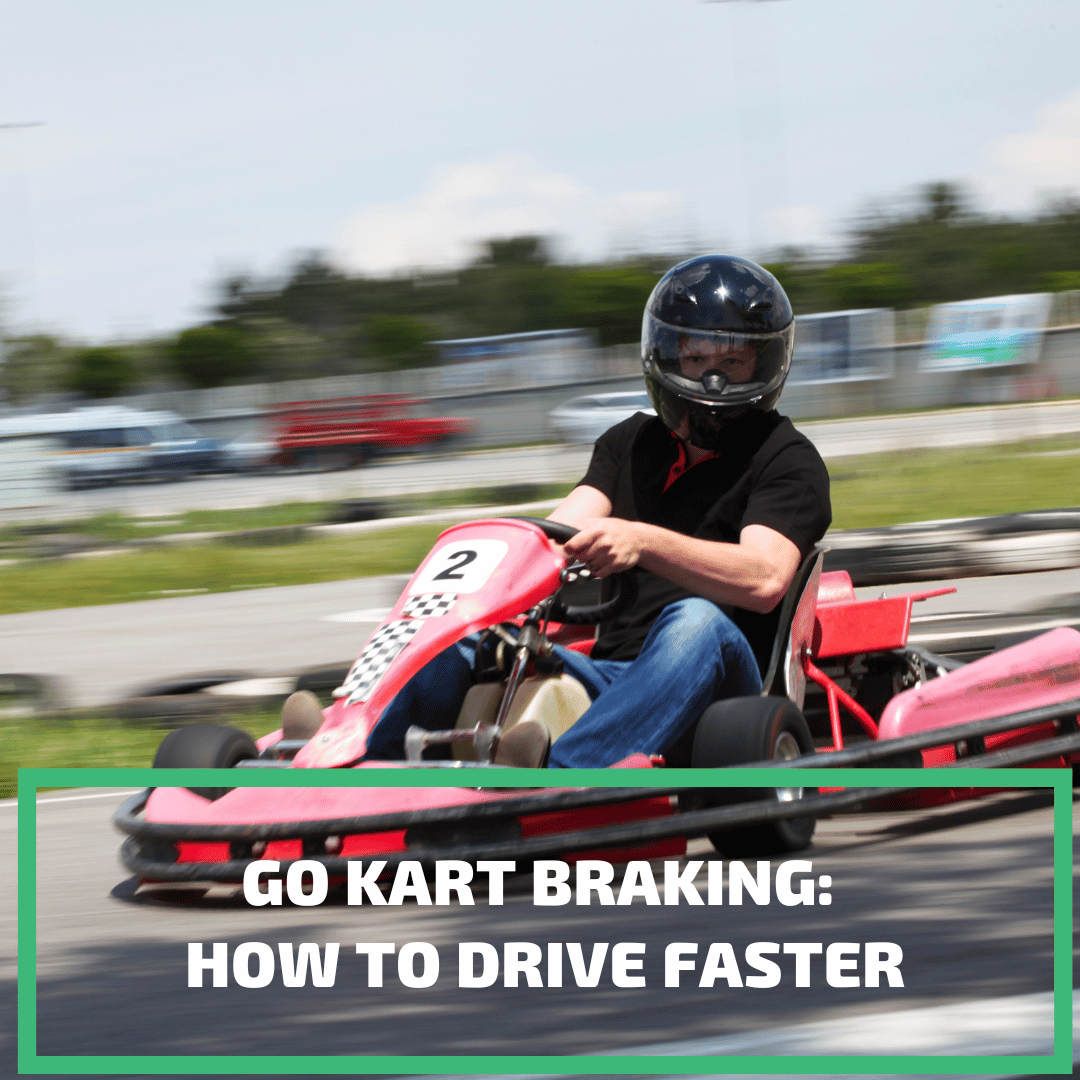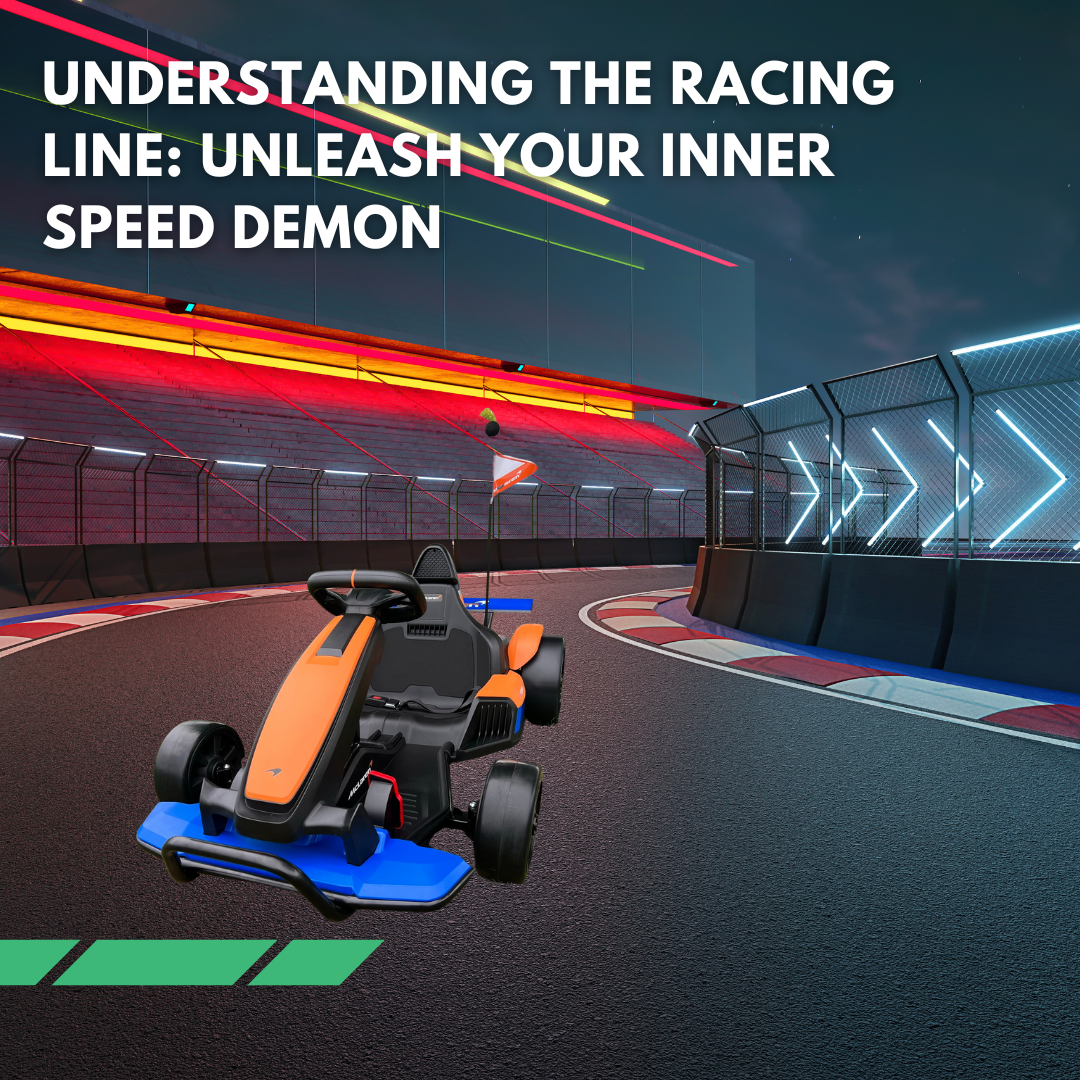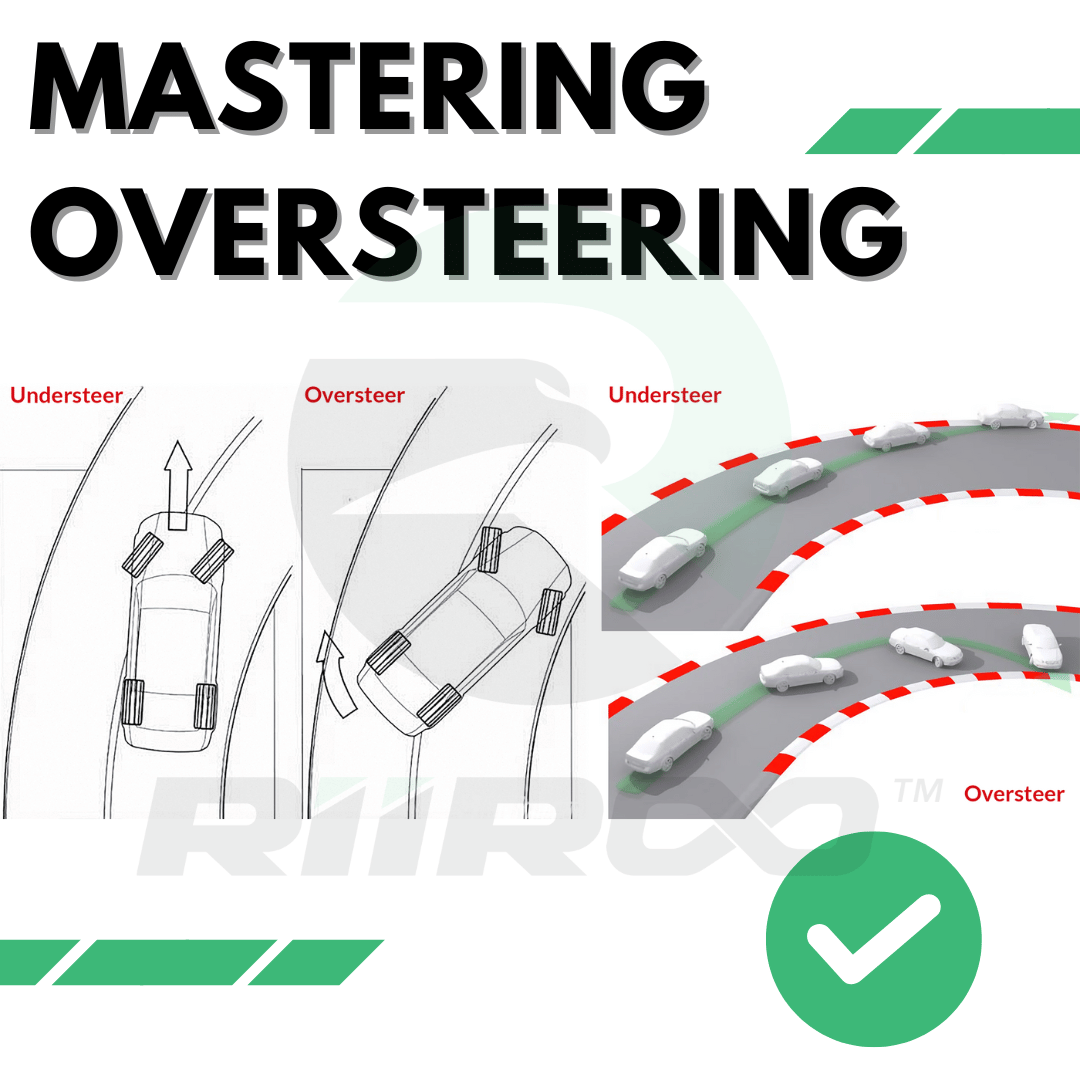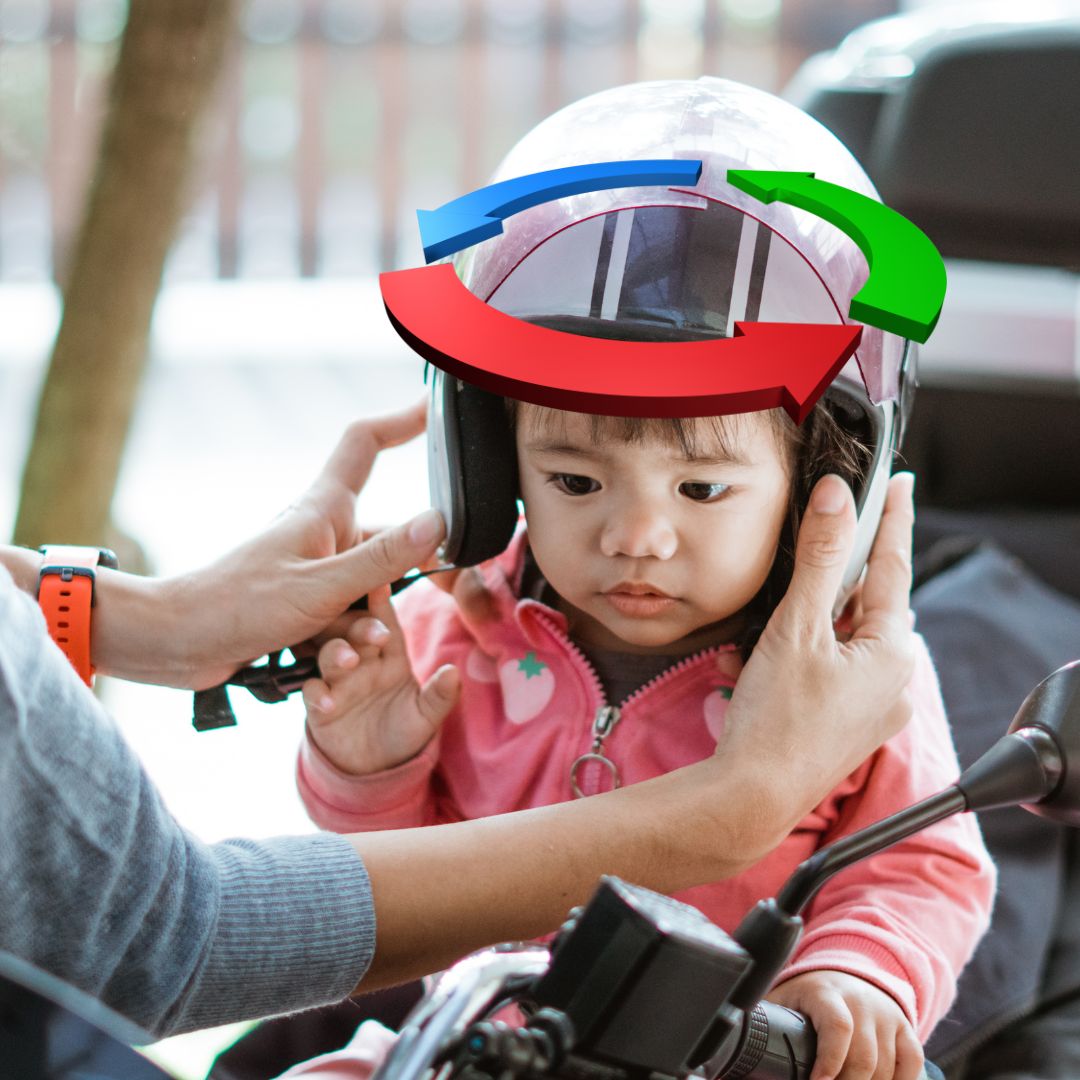Updated: 10 April 2025

Have you ever felt that sudden shift when the rear of your car starts sliding outward during a turn? That unnerving sensation is known as oversteering—and mastering how to handle it is a key component of effective defensive driving.
By learning how to control oversteer, you can reduce the risk of accidents and increase confidence behind the wheel—especially when driving conditions are challenging.
What Is Defensive Driving?
Defensive driving is the practice of anticipating road hazards and responding to them safely. It involves staying focused, maintaining safe distances, using proper braking techniques, and understanding vehicle handling, including how to brake properly to prevent oversteering.

Key defensive driving habits include wearing a seatbelt, scanning for erratic drivers, maintaining hand control on the wheel, and staying aware of your surroundings via mirrors and blind spots.
What Is Oversteering?
Oversteering occurs when the rear tyres lose grip and the car turns more sharply than the driver intended, often resulting in the back end sliding outward. It’s especially common in rear-wheel drive vehicles and can be triggered by excessive speed, abrupt braking, or poor traction.
Causes of Oversteer
- Driving too fast into corners
- Sudden acceleration or braking mid-turn
- Wet, icy, or gravel surfaces
- Improper tyre pressure or worn tyres
How Oversteer Affects Control
Oversteering reduces steering control, potentially causing spins or skids. Recognising and correcting oversteer quickly is vital for driver safety.
Mastering Oversteering: Step-by-Step
Step 1: Recognise It Early
Watch for signs such as a loose rear end or the car turning sharper than expected. Early detection allows quicker correction.
Step 2: Correct with Calm Precision
- Stay calm—sudden reactions can worsen oversteer.
- Gently steer into the direction of the skid (where you want the front of the car to go).
- Ease off the accelerator and avoid heavy braking.
Vehicle Type Matters
Rear-wheel drive cars are more prone to oversteering. Front-wheel drive cars tend to understeer instead. Know your vehicle’s drivetrain to understand how it might respond during a loss of traction.
The Role of Tyres
Your tyre type, tread, and pressure significantly affect grip. For instance, slick tyres provide excellent grip in dry conditions but perform poorly in the wet.

Maintain optimal tyre pressure and replace worn tyres regularly to ensure consistent traction and control.
Adapting to Road Conditions
Slippery or loose surfaces increase the likelihood of oversteering. Reduce speed, avoid sudden manoeuvres, and give yourself extra space to react.
More Defensive Driving Tips
- Aim high in steering: Look 15 seconds ahead to anticipate obstacles early.
- Keep your eyes moving: Scan your surroundings to stay alert and ready.
- Stay focused: Eliminate distractions like mobile phones and loud music.
- Maintain safe distances: More space equals more reaction time.
Advanced Driving Techniques
Consider learning about techniques such as racing lines or drifting in a go-kart to improve your precision driving and better understand vehicle behaviour under different forces.

FAQs
How important is vehicle maintenance in preventing oversteering?
Regular maintenance ensures responsive brakes, proper tyre grip, and reliable steering—key elements in avoiding oversteer.
How does weather affect oversteer?
Wet, icy, or loose surfaces reduce traction and make oversteering more likely. Adjust your speed and steering accordingly in poor conditions.
Can I take courses to practise oversteering correction?
Yes! Defensive and performance driving courses offer hands-on oversteering drills in safe, controlled environments.
Are driving simulators helpful?
Driving simulators can model various oversteering situations to help drivers practise correction techniques virtually before applying them on real roads.
More to Explore
Let’s Keep the Wheels Turning
Whether you're new behind the wheel or a seasoned pro, understanding oversteering and mastering defensive driving can make every journey safer and smoother.
Want to inspire your little speedster at home? Explore our collection of ride-on cars and go-karts at RiiRoo.com.
Questions? Hop on Live Chat—we're happy to help steer you in the right direction.






Share:
Go Kart Clutch Explained: A Beginner's Guide to Understanding its Mechanics
Do Go Karts Have Traction Control?